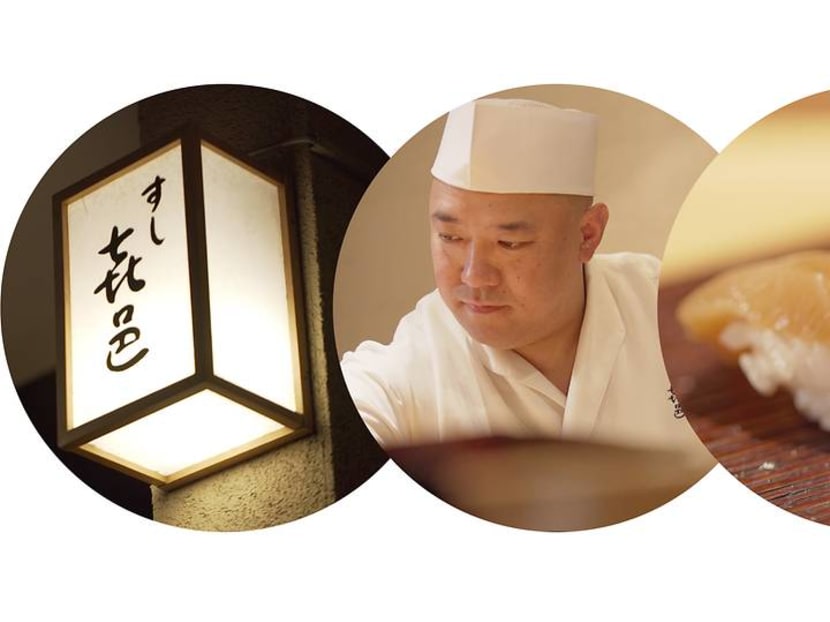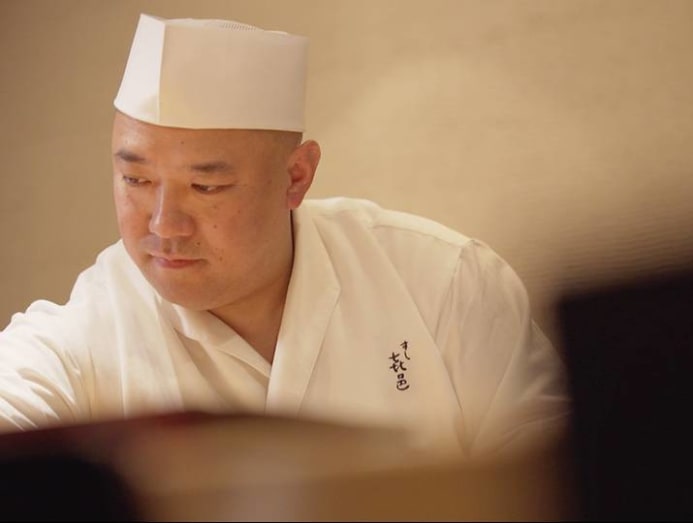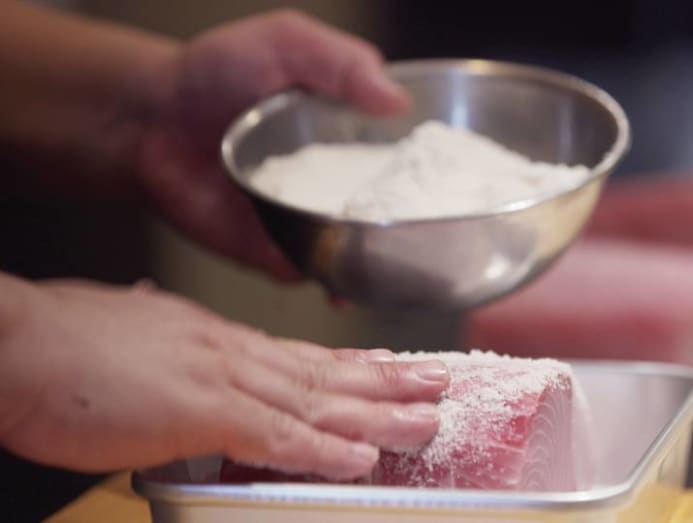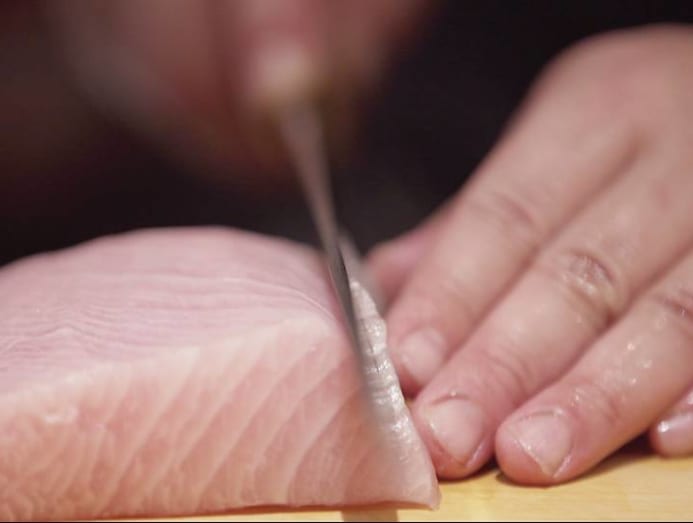The sushi chef doing the unthinkable – intentionally serving fish gone bad
Most restauranteurs won’t think twice about throwing out food they think has gone bad. But Tokyo chef Koji Kimura has turned obstacles into opportunities.

For the intrepid foodie, aged sushi offers an umami like no other. (Photo: Threesixzero Productions)
When Chef Koji Kimura started Sushi Kimura restaurant in 2005, he was confident that he would have enough patrons to appreciate his sushi-making skills; he didn’t reckon he needed media coverage or any form of advertising. Three years into the business, the number of customers dwindled. That was when he realised that he had “no weapon in his sushi,” he said.
Since there were no customers, he had to throw out the fish, but he hesitated as the fish was big and costly. He thought “there should be some parts that I could eat.” He was surprised to find that while the fish didn’t smell good, it had an intense flavour, something he had never tasted before.
He took a gamble, thinking that this could be his “weapon”. He said: “I decided to try and remove the smell and retain the sweetness of the fish to make sushi”. For five years, he went through many rounds of trial and error – removing the unpleasant unwanted elements so that he would get an “umami kick, that is a few times greater than the original amount”.

Every time he bought fish, he would go through “a reverse thought process” to try to find a way to save the fish. Kimura expressed: “It’s not the type of fish that determines how long it should be aged. It depends on individual fish because each one has eaten different things and lived in different areas”.
He went on to explain that because fish live for different number of years, he has to discern the difference, and control the amount of salt, water and temperature accordingly, in deciding how each fish should be aged. Fish ageing is a costly and time-consuming process, taking between 40 and 50 days under varying conditions to complete.

Not only that, the work is also tiring and difficult, says Kimura, who has not taken a single day off for the last 14 years. Undaunted, he is determined to enjoy the process. He laughs that while the ladies have fun going to Gucci and shopping for handbags, he goes to “my ‘Gucci’ fish store and say, ‘fish, fish, fish – buy!’. He added: “I live a life that allows me to have fun shopping for fish.”
Buying fish gives him happiness, he says, but it also “turns into the happiness of preparing fish. Your happiness from eating my food becomes my happiness again.”

Kimura believes he has not mastered the art of ageing sushi. He explained: “The way I age the fish is just the first prototype. I think there’s a lot I can improve on.” He is quick to acknowledge that at 48, it would be too tiring for him to go back to the beginning and start from scratch. For now, he will stick to what he knows, and make minor improvements if he finds easier ways of doing it.
But he says his concept has not changed and he will continue to “serve something that doesn’t exist in any other part of the world, only unique to Kimura”, and that includes serving aged sushi, which has a more concentrated umami deliciousness than sushi made with fresh fish.
He added: “This doesn’t exist in any other sushi restaurant in the world.”
Adapted from the series Remarkable Living. Watch full episodes on CNA, every Sunday at 7pm.





